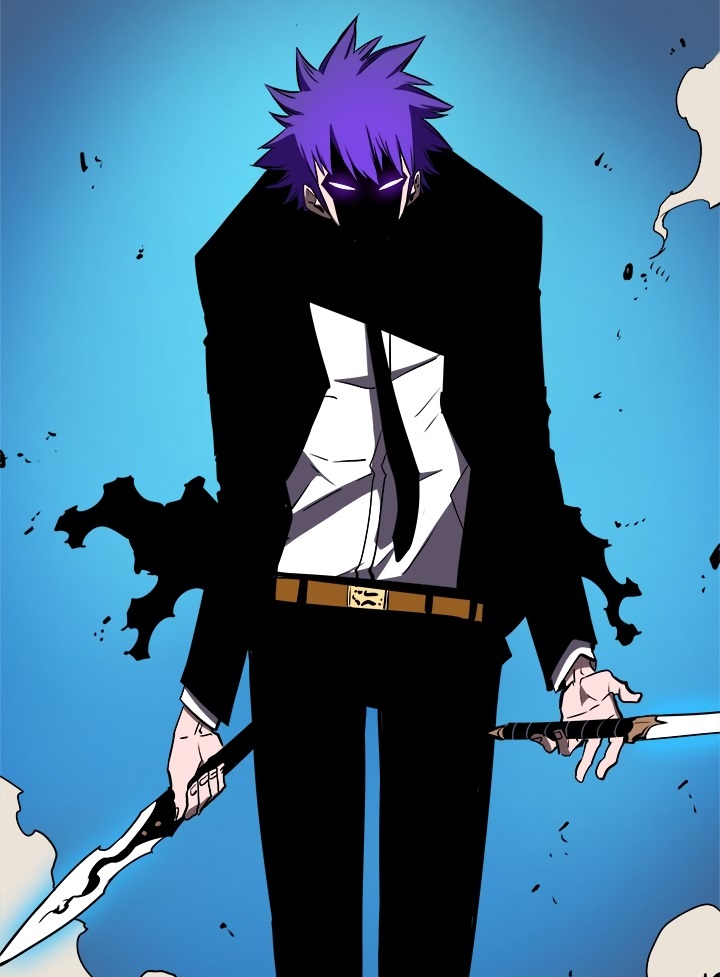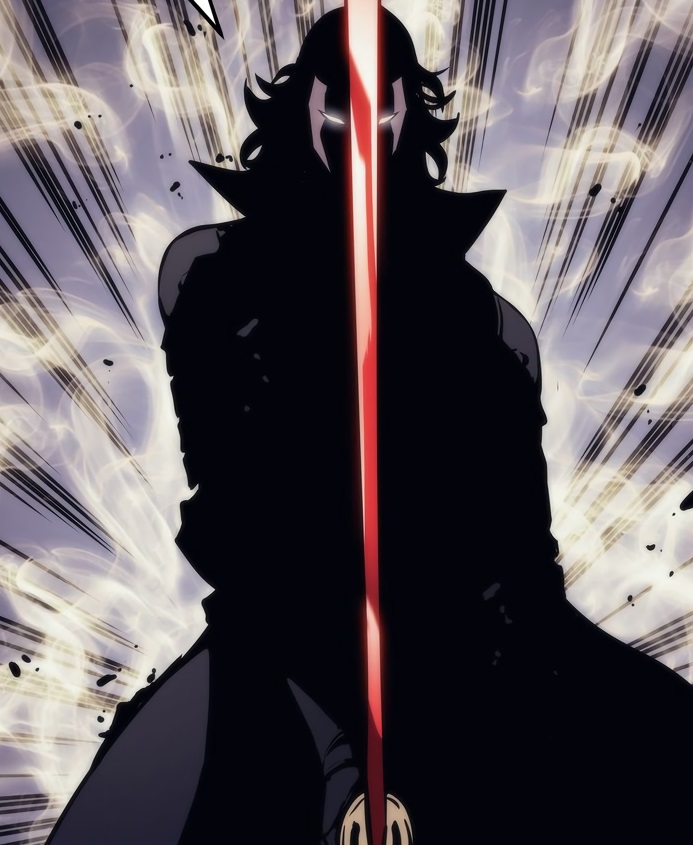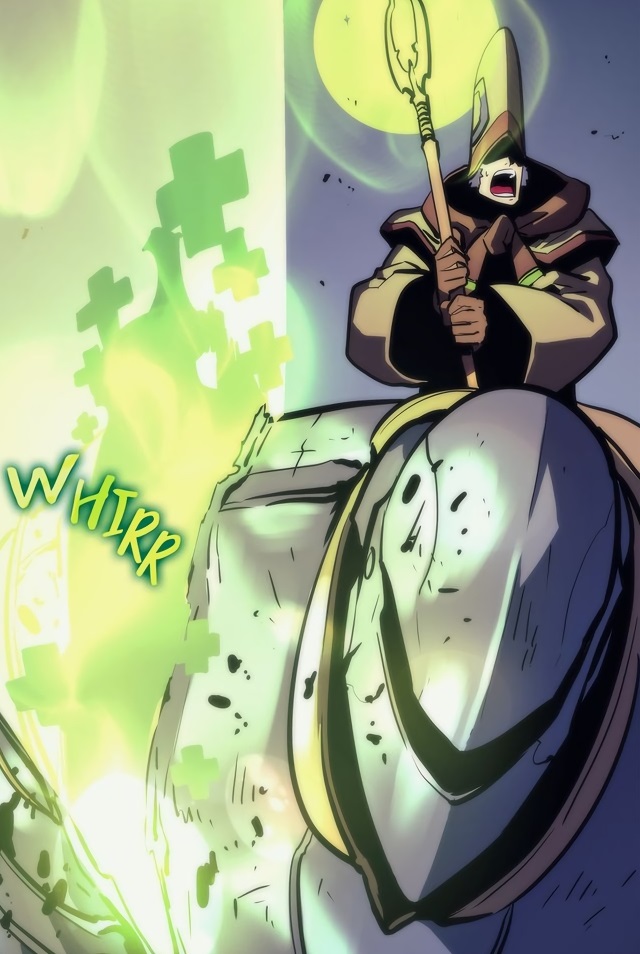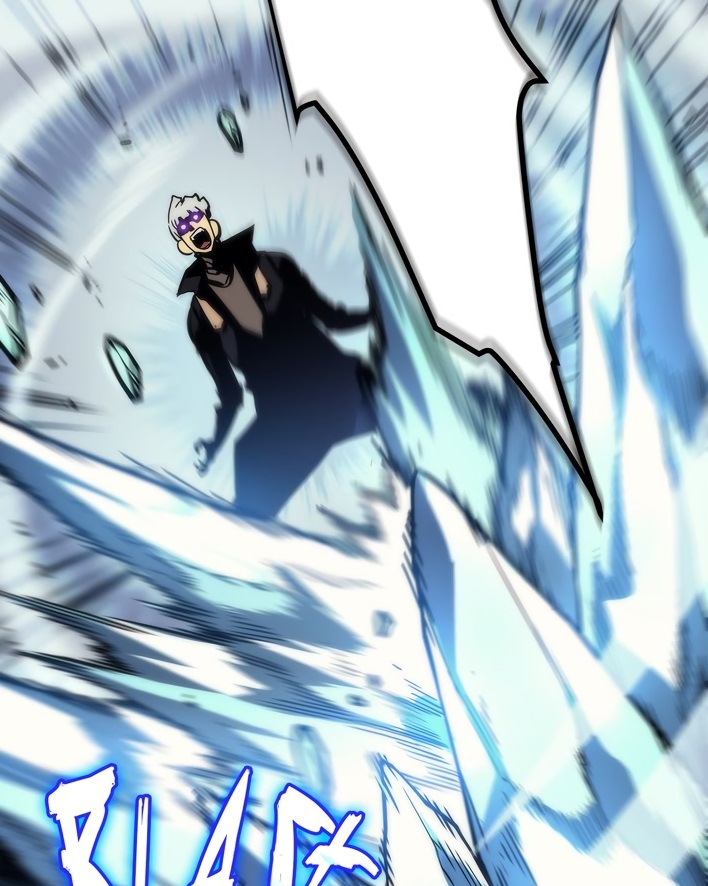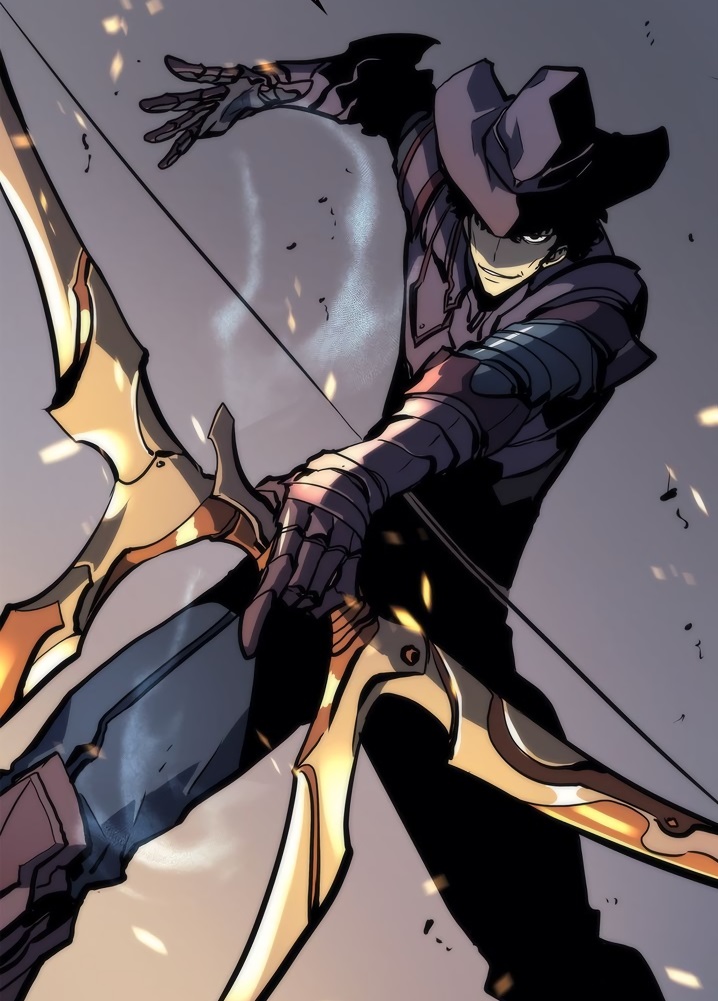What does that look like from a design perspective?
Look at Earthdawn. It has multiple mechanics for affecting the "cost" of a spell. It is a whole system tat attempts to take the tropes of 1e d&d and make them "in-game canon". It is also chock full of magical technology. Light crystals, flying ships, pots that get hot on command, cloaks that warm you up, etc.
It's Eberron but 2 decades before people were ready for it.
It has a blood magic system with multiple options. The simplest is strain, aka damage. It's used by all PC classes, casters and warriors. A warrior can haste themselves bybtaking some strain.
Some spells allow other people to take strain. These are rare, and usually rituals or where the target of a spell takes strain.
Sometimes the damage is permanent, or semi-permanent. This is like a d&d wizard giving hit points to a homunculus. Can't heal it until the timer expires.
A variant of "blood" is "healing" potential. Some spells require spending Recovery Tests (healing dice), either from the caster or recipient. Imagine if "cure wounds" meant you got to roll twice as many dice. Or if you didn't need to eat....but gave up half your ability to heal.
Then there are Wounds. Wounds heal slowly, like 1/day, and they give you penalties to everything you do. Any time you take a lot of damage in one shot, you take a Wound. Strain can cause wounds. But some things can cause Wounds without damage.
Another dial is time/action economy. Spell casting is "weaving" "threads" of magic. Big spells need more threads just to function. Or you can "upcast" spells by adding more threads. It takes time & skill (die rolls) to weave threads. Sometimes you can spend strain to do it faster. Sometimes you can learn tricks to prepare spells with threads attached.
Earthdawn is a point-buy system, so sometimes you can spend Legend (xp) to power an effect. It is usually tied to items, but a powerful spell could conceivably require Legend. (D&d 3e used this)
Material components are always an option, but those usually only apply to low level characters or for spells the party can likely only cast 2-3 times a campaign. Earthdawn adds a whole concept of Pattern Items. These are things/places that are tightly bound to a thing and can establish a sympathetic link. Think Horcrux. In Earthdawn if you used magic to tear up the Constitution of the US, it would literally harm the country. Some magic might only work if you get a pattern item.
Lastly is "future danger". Earthdawn doesn't require weaving threads. You can cast spells without threads. The problem is doing so drops your protections from demons that are essentially omnipresent in the Ethereal, who will Mark you. And begin to corrupt you. Or maybe they wait a year. Or five. When you are a more powerful tool. Then they corrupt you, possess you, give the GM license to giggle while rolling dice, etc.

